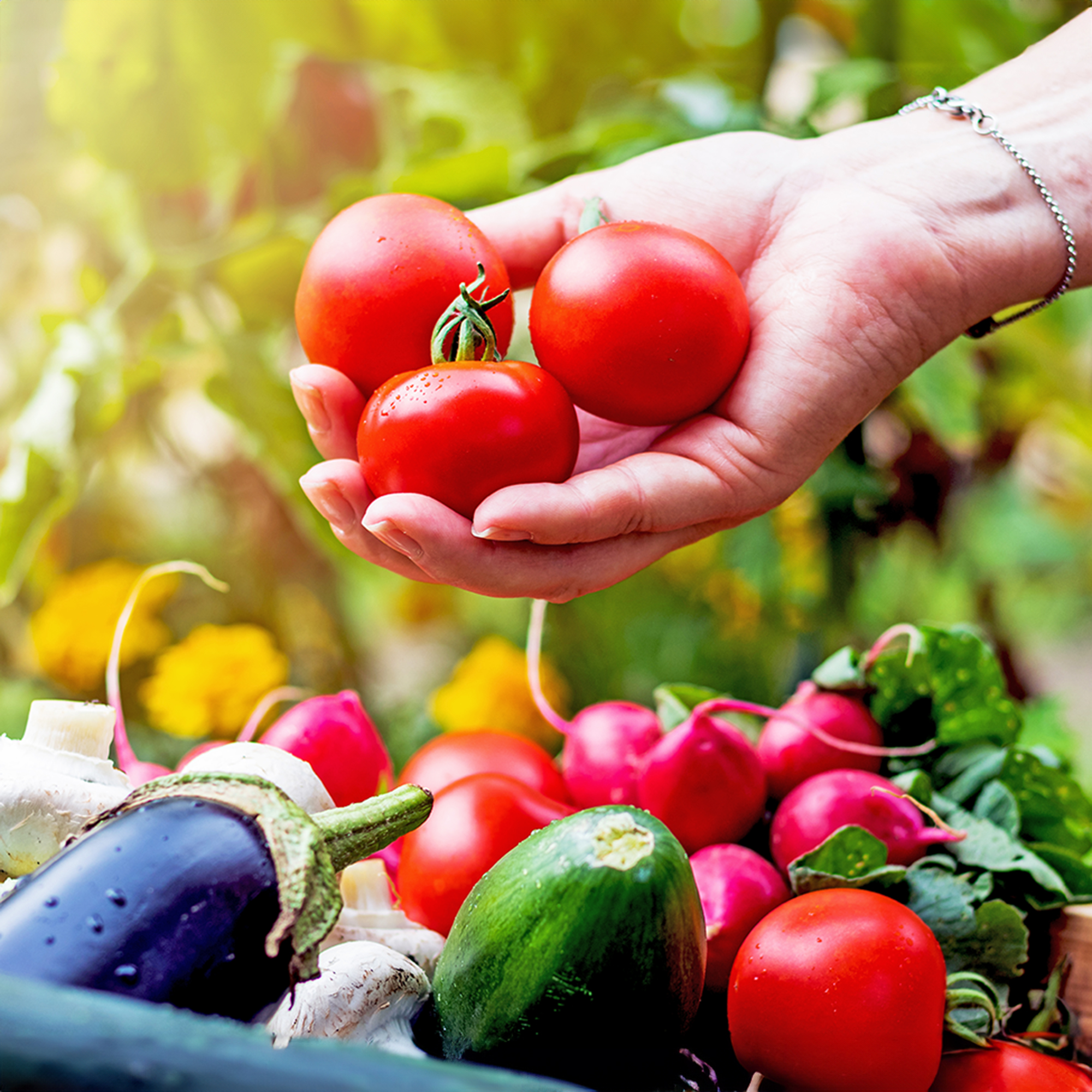Using Cold Frames In Spring: How To Harden Off Seedlings In A Cold Frame


Whether growing your own transplants or purchasing seedlings from a local nursery, each season, gardeners eagerly begin to transplant starts into their gardens. With dreams of lush, thriving vegetable plots, imagine the disappointment as the tiny plants begin to wilt and wither away. This early season frustration, most often caused by injury at or after transplant, can be easily avoided. “Hardening off” plants before being moved to their final location not only improves the likelihood of survival but ensures a strong start to the growing season. Let’s learn more about using a cold frame for seedlings to harden off.
Cold Frame Hardening Off
Seedlings which have been started indoors or in greenhouses have been exposed to conditions much different than those that occur outdoors. Grow lights emit enough light to nurture and encourage growth in seedlings, but the strength of the light is not comparable to that of direct sunlight. Additional factors, like wind, may damage delicate transplants. These outdoor variables can make adjusting to new growing conditions quite difficult for young plants. While these seedlings can sometimes overcome environmental stressors at transplant time; in many cases, the issue is so severe that the transplants are unable to recover. The process of “hardening off” refers to the gradual introduction of the plants to the new environment. By exposing transplants to new conditions over time, usually about a week, plants are able to increase defenses against these harsher conditions. Using cold frames in spring is another way to help harden off your seedlings.
Hardening Off Plants in a Cold Frame
Many gardeners choose to use cold frames as a means to begin hardening off plants. As the name suggests, cold frames are most often used to offer protection from low temperatures early in the growing season. In addition to temperature regulation, cold frames can also aid in protection from strong winds, moisture, and even direct sunlight. Seedlings in a cold frame can be well protected from these elements, making this an easy way to harden the plants off. The use of a cold frame allows gardeners to easily and efficiently harden off seedlings without the hassle of repeatedly moving seed trays to and from a sheltered growing area. To begin hardening off plants, place them into a shaded cold frame on a cloudy day for a few hours. Then, close the frame. Gradually, increase the amount of sunlight the transplants receive and how long the frame remains open each day. After several days, gardeners should be able to leave the frame open for the majority of the day. Cold frames may still need to be closed at night, as a means to control temperature and protect new plant starts from strong winds as they acclimate. When the cold frame is able to remain open both day and night, the seedlings are ready to be transplanted into the garden.
Gardening tips, videos, info and more delivered right to your inbox!
Sign up for the Gardening Know How newsletter today and receive a free copy of our e-book "How to Grow Delicious Tomatoes".

Tonya Barnett has been gardening for 13 years. Flowers are her passion. She has transformed her backyard into a cut flower garden, which she regularly chronicles on her YouTube channel http://www.youtube.com/@tonyawiththeflowers.
-
 Which Invasive Shrubs Should You Avoid Growing? Plus, Best Natives To Plant Instead
Which Invasive Shrubs Should You Avoid Growing? Plus, Best Natives To Plant InsteadCertain plants may look lovely but they can wreak havoc to local areas and native wildlife. Here are the key invasive shrubs to avoid – with recommendations on gorgeous native alternatives to try
-
 What Not To Plant With Tomatoes: 8 Bad Neighbors That Could Ruin Your Harvest
What Not To Plant With Tomatoes: 8 Bad Neighbors That Could Ruin Your HarvestNot all companion plants are beneficial – some can sabotage your tomatoes. Find out which ones to keep at a safe distance in the garden.